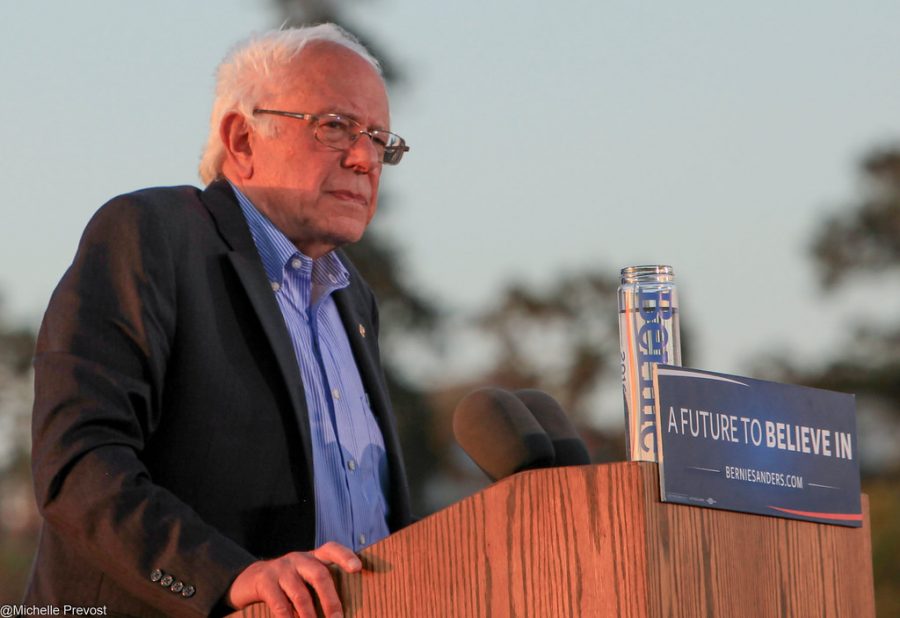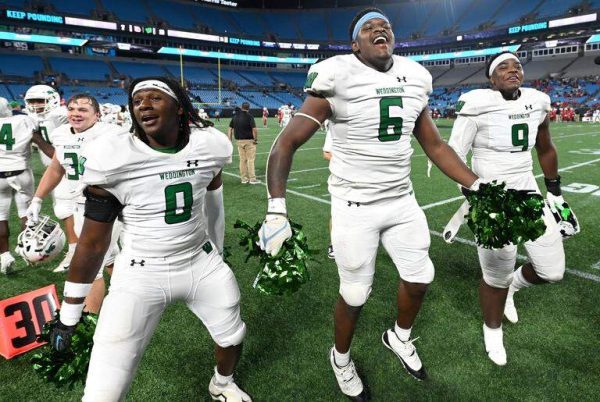Heart Attack Setback: What This Means for the 2020 Campaign
On October 1st, Senator and Democratic presidential candidate Bernie Sanders complained of chest pains and fatigue. On October 2nd, Sanders’ campaign revealed that he was hospitalized after a heart attack. Jeff Weaver, Sanders’ senior campaign advisor, released a statement saying, “following medical evaluation and testing he was found to have a blockage in one artery and two stents were successfully inserted.” However, Sanders was not released from the hospital until two and a half days later. Details on the severity of the heart attack have not been released, and this has led many to believe that Sanders may not be fit to serve in office. “The thing for us to know now is how is he going to do in the next five years,” said Christopher Cannon, Education Director of Cardiovascular Innovation and professor of medicine at Harvard Medical School. The risks after a heart attack are more intense for older patients, with a higher risk of death, cognitive deficits, muscle decay, and other blood-related issues such as strokes. These risks increase dramatically under stress, which would flood in tenfold if Sanders was elected president.
But Sanders is not the first candidate to suffer health issues. Dick Cheney’s four heart attacks didn’t stop him from serving as Vice President to George W. Bush, and Joe Biden has suffered two brain aneurysms. Both Lyndon B. Johnson and Dwight D. Eisenhower occupied the White House following their heart attacks. Though the heart attack seems to be minor, the probability that Sanders would survive his first term in office isn’t very high. Sanders has since promised, “I think we’re going to change the nature of the campaign a bit,” and is lowering his quick pace of almost three rallies a day. The Democratic candidate seems to be recovering well, but that doesn’t mean his troubles are over yet. During his days in the hospital and resting at home, Sanders missed the Democratic Forum on October 4th and 5th, and is expected to return to the campaign on October 15th‒two weeks behind schedule.
The question then arises: How will this affect the 2020 campaign? Sanders’ closest progressive rival, Elizabeth Warren, was able to pitch her labor plan at the Democratic Forum in Nevada‒without Sanders able to do the same‒and has moved up on the totem pole of Democratic standings. At the third nominating contest, sponsored by the Service Employees International Union, Warren was able to speak and persuade listeners. According to the New York Times, she has since surpassed Bernie Sanders with a 23% national polling average. Warren comes in as a close second to Joe Biden’s 26% national polling average, and with Sanders’ incapability and dwindling approval rating, it is projected that Warren will go head to head with Biden for the democratic candidate spot.
The Democratic campaign isn’t over yet. In early 2020, the primaries will begin and the state caucuses will elect their candidates for the presidential election. No democratic candidate is out of the running, and current president Donald Trump is running virtually unopposed. As for the 2020 election, it still stands open ended and lies in the hands of voters, whose responsibility is to stay updated and educated.












